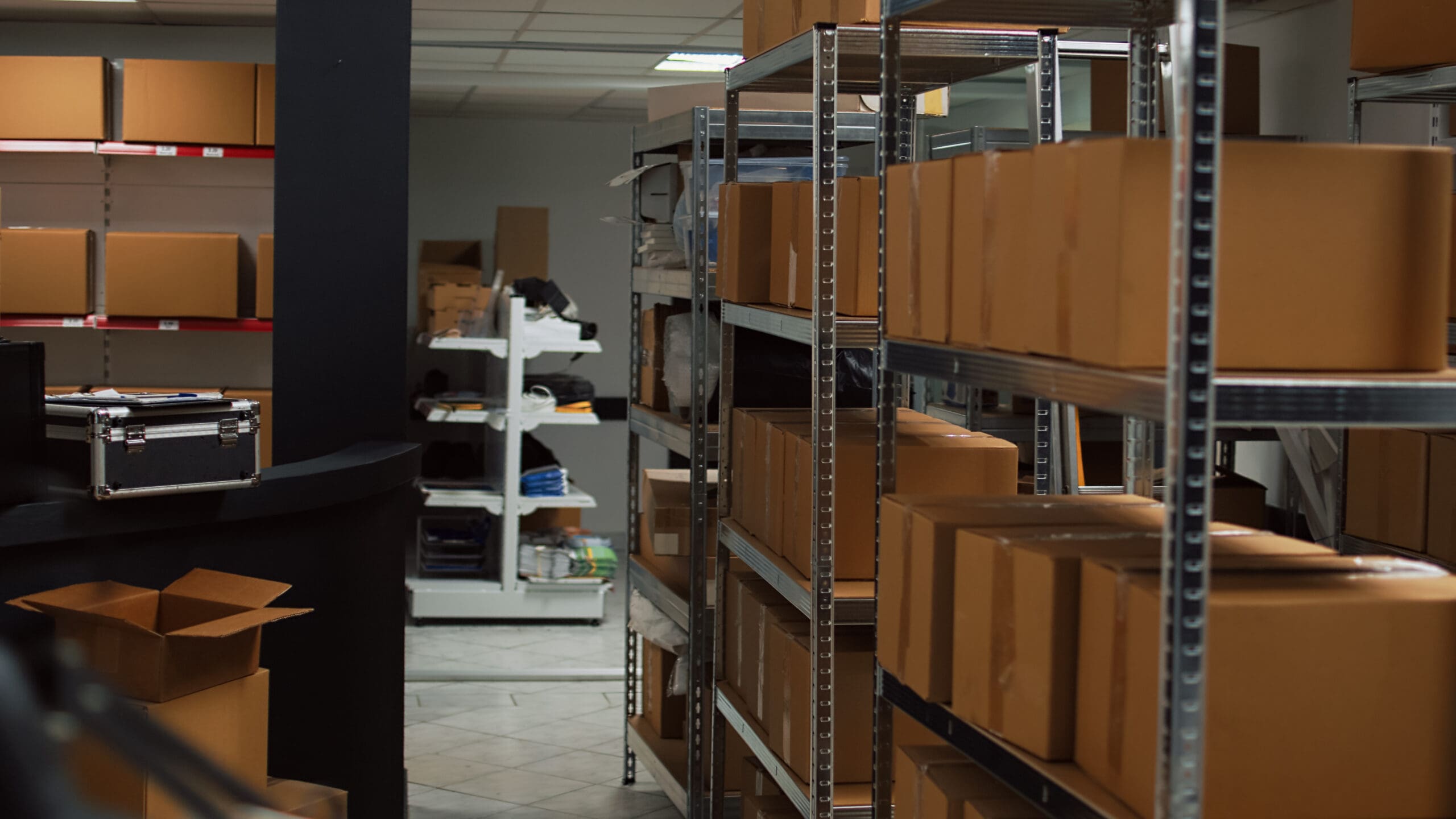To ensure healthy financials and operations, inventory must be properly managed, and that’s a large task as you may know. Ultimately it will be worth it to afford the energy and resources required to understand inventory management and take action to monitor it on an ongoing basis. Inventory valuations are necessary to help a company and or investors determine the value of unsold inventory stock. It’s important to know how much inventory you have at all times, not only to know when to order more, but to know what you can liquidate if needed.
What is inventory valuation?
Unsold inventory has value, and it’s usually not the same as what a company paid for it. Say hello to our friend depreciation. Or in recent times we’ve even seen things appreciate. Inventory valuation is an accounting practice used to determine the value of inventory stock. As a refresher, stock is finished goods that are ready to be sold whereas inventory includes raw materials, finished stock, and any other assets used during production. Valuations can include stock or all inventory depending on your production model. For companies that produce inventory and plan to calculate inventory in their valuation, calculations can include direct labor, direct materials, factory overhead, and more. Inventory valuations are reflected on the balance sheet and can be used to help determine inventory turnover ratios.
Why is inventory valuation important?
Most companies perform an inventory valuation at the end of the fiscal year. It’s important to identify the surplus or shortage of inventory to understand its impact on the production and profitability of the business. Additionally inventory valuations directly impact how a company calculates its cost of goods sold (COGS), another extremely important metric. This is also another way inventory valuation directly impacts a company’s profitability. Companies should select one method for calculating inventory valuation as they can be audited and will want to ensure accuracy and consistency.
What is the objective of inventory valuation?
Gross profitability and financial position are the two main objectives of inventory valuation. Companies need a clear picture of both in order to make business decisions. They also need a clear picture of these to reflect accurate financials. In order to accurately calculate gross profit a company needs to subtract the cost of goods sold from net sales. Using the COGS formula (beginning inventory + purchases – ending inventory) a company can work to calculate gross profit. Also reflected on the balance sheet, COGS and inventory both contribute to profitability. Inventory is treated as a current asset so it can be tempting to make it look more valuable than it is but it will be to your advantage to reflect accurate assets and financials.
How to choose an inventory valuation method
There are different ways to value inventory. Choosing one method and sticking to it can help operations run smoother and help financials remain more accurate. Here are some methods for inventory valuation:
- First in, first out (FIFO)
- Last in, first out (LIFO)
- Weighted average cost
- Specific identification method
To choose the appropriate method, consider the market environment and financial objectives. You should also consider what you are best equipped to accurately calculate. This can depend on the type of inventory management systems in place. Circumstances can vary, so be sure to understand the different methods to know which one will work best. For example, if prices are consistently rising, then FIFO may be the best option. However, if prices are falling consistently then LIFO may be best.
Additional tips for inventory valuation
- Factor in all costs: When valuing inventory, consider all costs associated with acquisition and getting goods ready for sale. Once you understand all associated costs, do a deep dive to understand the exact amount that’s allocated to inventory.
- Track inventory 365 days a year: While you may only value inventory at the end of your financial year, you should be monitoring inventory and the flow of it constantly.
- Aim for the lower side: While it is tempting to make your company look like you have more assets than you do, always steer toward the lower side. We encourage you to take risks, but want to remind you that nothing is more important than a realistic view of your company’s financial health.
How Kickfurther can help
Holding inventory can be expensive. Additionally, mismanagement of inventory can lead to missed opportunity and impacts on profitability. As you aim to invest in operations while also maintaining healthy inventory stock, you may encounter cash flow dilemmas. That’s where Kickfurther comes in.
Kickfurther funds up to 100% of your inventory costs on flexible payment terms that you customize and control. With Kickfurther, you can fund your entire order(s) each time you need more inventory and put your existing capital to work growing your business without adding debt or giving up equity.
Why Kickfurther?
- No immediate repayments: You don’t pay back until your new inventory order begins selling. You set your repayment schedule based on what works best for your cash flow.
- Non-dilutive: Kickfurther doesn’t take equity in exchange for funding.
- Not a debt: Kickfurther is not a loan, so it does not put debt on your books. Debt financing options can sometimes further constrain your working capital and access to capital, or even lower your business’s valuation if you are looking at venture capital or a sale.
- Quick access: You need capital when your supplier payments are due. Kickfurther can fund your entire order(s) each time you need more inventory.
Kickfurther puts you in control of your business while delivering the costliest asset for most CPG brands. And by funding your largest expense (inventory), you can free up existing capital to grow your business wherever you need it – product development, advertising, adding headcount, etc.
Closing thoughts
Accuracy, effectiveness, and profitability are key when operating a business. From making business decisions to communicating with stakeholders, finances reflect how a business is doing, how they can improve, and their likelihood of success moving forward. While inventory is an asset, you don’t want to hold too much inventory at once. At the end of the year or quarter, take the time to reset for the upcoming year or quarter. Evaluating inventory at this time can help you identify overstock or understock, or perhaps it’s proof of your stocking inventory at the right rate. Either way a proper inventory valuation can help you free up cash flow or determine there’s a need for inventory financing. CPG brands that feel inventory funding could benefit their profitability should visit Kickfurther for a unique funding solution that offers flexibility without depleting the bottom line.









